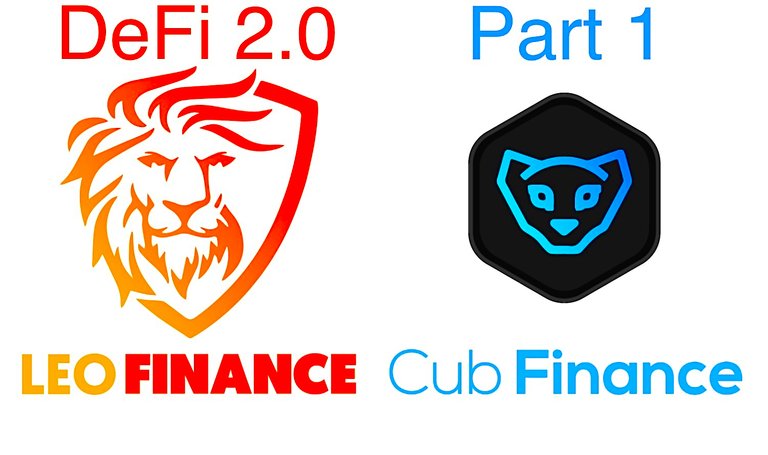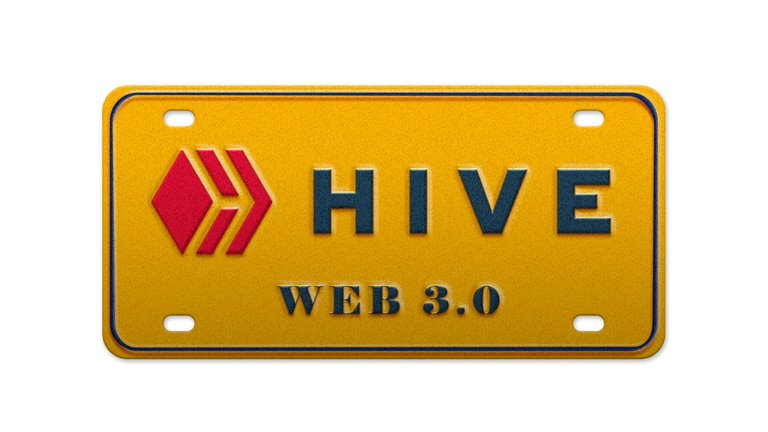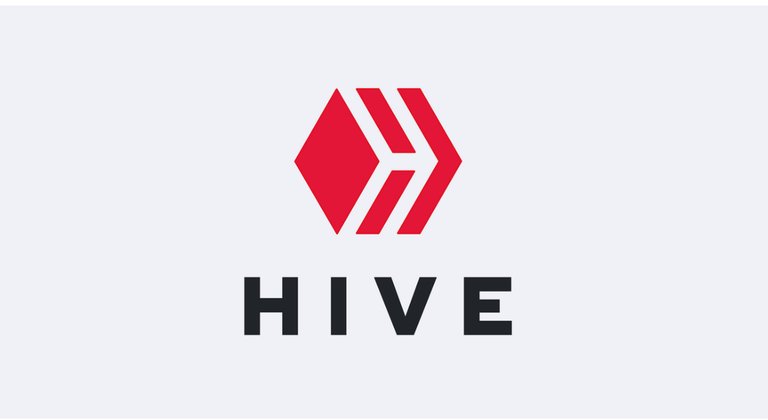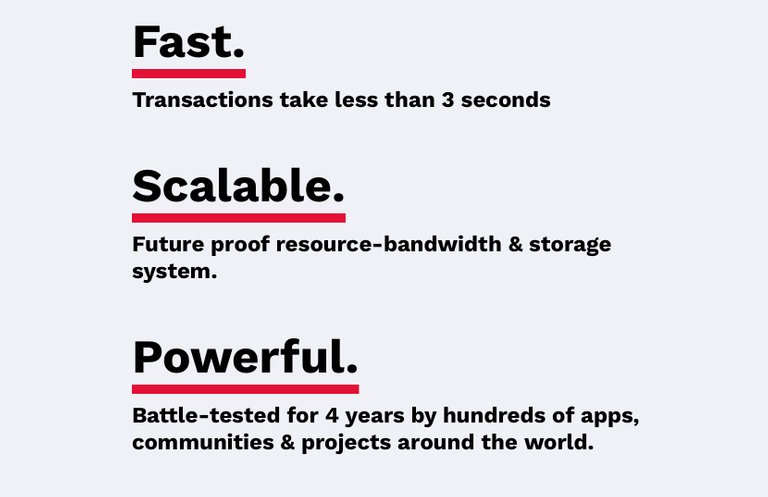DeFi 2.0 on Hive: Cubfinance evolves with protocol owned liquidity.

Protocol Owned Liquidity on Cubfinance
.
Cubfinance, Leofinance and Hive Social Media Platform on the Hive Blockchain.
Cubfinance is a staking and yield farming protocol created by Khaleel Kazi, the Founder of Leofinance. Leofinance is a financial blogging sub-community on the Hive Social Media Platform, which is on the Hive Blockchain. It is a time of great innovation and excitement on Leofinance and the Hive Community. And one thing I am excited about, and seek to better understand is Protocol Owned Liquidity.
A Defi 2.0 code construct called Protocol Owned Liquidity will soon to be available on Cubfinance.
.
This innovation is one of the changes in the way liquidity pools and yield farms incentivize investors. This change is so big it is being called DeFi 2.0.
It is also being called an evolutionary step in DeFi project development as it improves the survivability and longevity of projects, so I think it is very exciting.
Protocol Owned Liquidity changes the incentives or rewards investors receive for depositing liquidity in a protocol.
This is my understanding of how it works:
- It starts with investors depositing crypto tokens into trading pairs and receiving liquidity provider tokens as a record of their deposit.
- These assets or tokens deposited in the trading pair by the investor are called Liquidity.
- In return for these deposited crypto tokens, now called Liquidity, the investor receives Liquidity Provider Tokens.
- These liquidity provider tokens are a record of the deposit and convey ownership over the crypto tokens deposited in the trading pair.
- In DeFi 1.0 the investor deposited these liquidity provider tokens in a yield farm to receive small amounts of protocol reward tokens daily.
- But in DeFi 2.0 the investor uses these Liquidity Provider Tokens to buy a large amount of protocol reward tokens at a discount.
Note that this means:
- Investors exchange their liquidity provider tokens for reward tokens with the protocol.
- Now the investor owns the reward tokens and the Protocol owns the liquidity provider tokens.
- Now that the Protocol owns the liquidity provider tokens, the Protocol owns the liquidity or the crypto tokens deposited in the trading pair by the investor.
- This is how Protocol Owned Liquidity is created.
Note that this means:
- The protocol no longer has to worry about the investor withdrawaling the liquidity and moving on to another yield farm looking for higher rewards.
- It also changes the incentive for investors to provide liquidity to yield farms. We will discuss that next, but first let’s review:
Protocol Owned Liquidity
- In Protocol Owned Liquidity, the project code is the Protocol and it owns the liquidity.
- In a project with ** Protocol Owned Liquidity**, investors don’t deposit their Liquidity Provider Tokens and earn daily amounts of project reward tokens. Instead they buy large amounts of Project reward tokens at a discount with their Liquidity provider tokens.
Example
DeFi 1.0
- What this means is in DeFi 1.0 Investor A deposits 100 dollars’ worth of both Cub and BUSD into the Cub-BUSD trading pair to provide Liquidity and is given Liquidity Provider Tokens.
- Next Investor A deposits the liquidity provider tokens into the Cub-BUSD Yield farm to earn Cub reward tokens.
DeFi 2.0
- But in DeFi 2.0 things are different.
- Investor A deposits 100 dollars’ worth of both Cub and BUSD into the Cub-BUSD trading pair to provide Liquidity and is then given Liquidity Provider Tokens.
-nBut instead of depositing them in the Cub-BUSD yield farm, and earning Cub tokens daily. Investor A uses to Cub-BUSD liquidity provider tokens to buy a large amount of Cub from the Protocol at a discount from market price.
-nNow the Protocol owns the Liquidity Provider Tokens, and thus owns the Cub-BUSD or Liquidity that Investor A deposited.
-nThis is now Protocol Owned Liquidity. - Remember that the Cub and BUSD that the trader deposited into the Cub-BUSD trading pair is referred to as Liquidity. And now the Protocol owns the Liquidity and it is now called Protocol Owned Liquidity.
- Next, we will discuss what the Protocol does with the Liquidity it now owns.
.
What does the Protocol do with the Protocol Owned Liquidity
- The Protocol never sells this Project Owned Liquidity, represented by Liquidity provider tokens.
- Instead it does the same thing the investor did in DeFi 1.0, it deposits them in a yield farm to earn protocol rewards, in this case Cub.
- Every time a new investor buys Cub tokens from the Protocol with their liquidity provider tokens, the protocol deposits it into the appropriate Liquidity Pair Yield Farm.
- This increases the amount of Liquidity in the pair and the size of the project Total Value Locked, the sum of all the tokens deposited in trading pairs.
This increased liquidity has multiple effects:
- It enlarges the size of the trading pair pool.
- The growing size of the trading pair pool attracts investors with larger amounts of capitol, who can make large trades without significantly impacting the price, so they trade more profitably.
- The larger trades mean larger trading volumes, which mean increased total transaction fees.
- The transaction fees are used to buy back and burn project tokens, which increased scarcity and increases value or price.
- This increased price makes both the token more attractive to buy and to hold for future appreciation.
- The protocol earns Cub on the Liquidity it now owns, and uses it to deepen the Cub-BUSD trading pair pool further by depositing it there.
- Note: This point isn’t exactly clear to me, as I know from the posts by @leofinance that the Cub is reinvested, but the exact mechanism isn’t stated. It just states the Cub isn’t sold, but is deposited in the protocol.
.
How this changes Investor incentivization
- So, as you can see the investor is no longer incentivized by receiving smaller daily amounts of Cub, which they sell for Short Term Profit.
- Instead they are incentivized by receiving a large one time amount of Cub at a discounted price.
- This means a much-reduced cost basis for a very large amount of Cub.
- This stimulates more Long-Term Profit holding behavior.
- Additionally, if the project is successful at increasing the size of the pool, and the price of the token, investors are incentivized to hold the token for the Long-Term due to the growing size of the project and the increasing value of the project token.
- It’s the same reason some investors HODL Bitcoin indefinitely, it’s ever increasing value and increasing scarcity.
So far this type of large payout has incentivized the majority of investors in this situation to hand on to their project tokens for long term appreciation instead of quick sale. This also means a larger group of investors are interested in the long-term success of the project and token. This shift is referred to as a shift from Short Term incentives to Long Term incentives. And it is a very common method of executive level compensation and the legal structure of large purchases in the legacy economy. This is Part 1 of my discussion of Protocol Owned Liquidity on Cubfinance.
The end..for now. @shortsegments
Leofinance Signature December 2021#

About @shortsegments
Shortsegments is a writer on the Hive social media community platform on the Hive blockchain. And also a member of the Leofinance community on Hive. Shortsegments is focused on cryptocurrency, the blockchain, non-fungible digital tokens or NFTs, and decentralized finance for over four years.
He is also a project builder, with two current investment projects:
- No Loss lottery, a prize linked savings account here on Hive, which awards more the 100 Leo in prizes weekly, and which recent surpassed 5000 tickets sold. @nolosslottery
- Easy DeFi, which creates a community investment pool allowing community members to invest in the Cubfinance DeFi project created by a known Hive Community member and whose code is audited and modeled after PanCakeSwap, the largest and perhaps safest project on Binance.
- This allows pool members to benefit from being liquidity providers and earning high APR yields as high as 128% on their investment capitol.
- Cubfinance is the Hive communities home grown Yield Farm and is audited by CertiK, a third party which certifies DeFi projects on Ethereum, Binance and polygon ecosystems.
Leofinance, where you can blog or share financial topic content to earn cryptocurrency, as part of a passionate social media community.

GIF created by @mariosfame
Learn more about Leofinance with my Seven Minute Quick overview and QuickStart Earning Guide. Then you can Join for FREE! Signup takes 20 Seconds!
Click Here

.

.
Hive is a social media platform which is like Facebook, Instagram and YouTube all under one name. Unlike those other platforms Hive has over 150 different applications which include gaming platforms which are Play to Earn like Splinterlands and Decentralized Finance Applications where you invest and earn cryptocurrencies.
Hive is a very large and diverse group of content creators. Hive has over 2 million accounts, and most importantly these users own their accounts, own their content and by owning Hive tokens own part of the platform called Hive.* So they are both users and owners. The Likes or Upvotes for content on Hive result in cryptocurrency tokens similar to Bitcoin being paid to both the upvoters and the content creators. This is a self-sustaining economy, where users own and benefit from the platform financially.


Posted Using LeoFinance Beta
I think that this development is necessary to keep pace with the world of crypto, which is moving quickly abroad
Outstanding performance from CUB and insightful vision
Hi @cristina-zac
I think @khaleel works hard to make Cubfinance a better investment and to market proof it as in resist the volatility of the market by making it’s value self contained.
I will discus that in Part 2.
But for now I am heading over to your blog to read your content.
Thank you for commenting.
It makes me wonder. What happens when someone withdraws their LP? Do they ever get back their LP or do they just sell the new token they get?
Posted Using LeoFinance Beta
Good Question.
They have sold their LP for the Cub. If they need another crypto they would need to sell their Cub.
Posted Using LeoFinance Beta
Depositing their LP gives you some other token right? The CUB itself isn't the same as what you put in or is it?
Posted Using LeoFinance Beta
In DeFi 2.0 you never deposit your LP tokens in the farm you use them to purchase Cub, which is the same token you would earn as an LP. But by trading your LP tokens for Cub you get Cub at a discount.
For example:
You deposit 50$ worth of Cub and 50$ worth of BUSD in the trading pair on PanCakeSwap.YOu are then given LP tokens for this deposit and it represents ownership of this 100$ worth of assets. Now you take these LP tokens and pay them to the protocol for CUb tokens. You get Cub at a discount so now you get 110$ worth of Cub tokens. You could sell those tokens and now have 110$ through this arbitrage-type transaction.
You as the investor just made 10% short term, or you could choose to stake those tokens and earn more Cub longterm through staking in the Cub Kingdom.
Alternatively, you could sell half of those tokens for BUSD, deposit 55$ worth of Cub and 55$ worth of BUSD in the trading pair and now trade 110$ worth of LP tokens to the protocol for 121$ worth of Cub through this arbitrage like opportunity.
As you see each time you would make 10% gain.
In ten trades you would double your stake in Cub. The beauty of this is the Cub/BUSD LP tokens you trade are deposited in the yield farm by the protocol not sold, so Cub is taken out of circulation every time you do this.
This where the Black Hole theory comes into play. Cub and BUSD goes in, none comes out :)
Posted Using LeoFinance Beta
I think eventually things would even out as prices break even in that case. After all, people would just keep making the extra money and take everything out if they could. So I am still a little skeptical.
Posted Using LeoFinance Beta
Are you planning to create a new investment tool like EasyDefy, but using the Protocol Owned Liquidity?
Very interesting post, it really helps me understand this new topic.
Posted Using LeoFinance Beta
Thank you.
Posted Using LeoFinance Beta
Your welcome.
;)
Posted Using LeoFinance Beta